Shankar IAS Summary: Biodiversity- 2 | Famous Books for UPSC Exam (Summary & Tests) PDF Download
The Red Data Book
- Various agencies and private organizations identify threatened species, with the Red Data Book being a prominent compilation.
- The Red Data Book is a regularly updated volume issued by the International Union for Conservation of Nature (IUCN) in Morges, Switzerland.
- Symbolically, the term "Red" in the book reflects the danger faced by both plants and animals globally.
- Initially issued in 1966 by the IUCN's Special Survival Commission, the Red Data Book serves as a guide for formulating strategies and managing listed species.
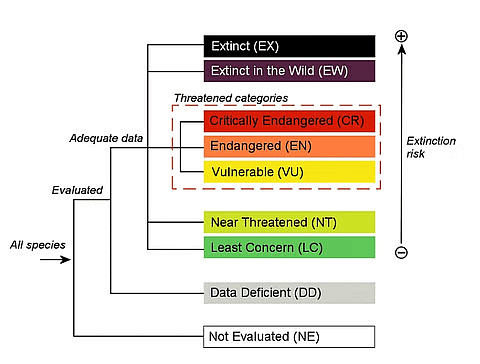 IUCN Categories
IUCN Categories
- The publication provides extensive information on endangered mammals and birds, with coverage also given to less prominent organisms facing extinction.
- Critically endangered species are highlighted on pink pages, and updates are regularly sent to subscribers as the status of these species changes.
- Green pages in the Red Data Book indicate species that were once endangered but have successfully recovered and are no longer threatened.
- Over time, the number of pink pages has been increasing, reflecting the growing challenges faced by numerous species, while the count of green pages remains relatively low.
IUCN Classification Of Conservation Priority
(a) Extinct (EX)
- A taxon is deemed Extinct when there is no reasonable doubt that the last individual has perished.
- It is presumed Extinct when exhaustive surveys throughout its historical range, at all appropriate times, have failed to document an individual.
(b) Extinct in the Wild (EW)
- A taxon is classified as Extinct in the Wild when it is only known to survive in cultivation, captivity, or as a naturalized population well beyond its historical range.
It is presumed Extinct in the wild when thorough surveys within known and expected habitats, at appropriate times, throughout its historical range have been unsuccessful in recording an individual.
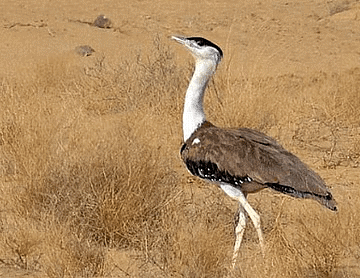 Great India Bustard (Critically Endangered)
Great India Bustard (Critically Endangered)
(c) Critically Endangered (CR)
- A taxon attains the status of Critically Endangered when the best available evidence indicates that it meets any of the criteria for Critically Endangered.
- Criteria include a reduction in population (>90% over the last 10 years), a population size of fewer than 50 mature individuals, and a quantitative analysis showing a probability of extinction in the wild of at least 50% within 10 years.
(d) Endangered (EN):
- A taxon is labeled Endangered when the best available evidence indicates that it meets any of the criteria for Endangered.
- Criteria involve a reduction in population size (70% over the last 10 years), a population size estimated to be fewer than 250 mature individuals, and a quantitative analysis showing a probability of extinction in the wild of at least 20% within 20 years.
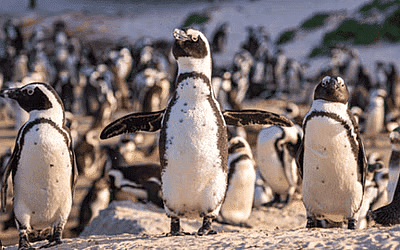 Vulnerable Species
Vulnerable Species
(e) Vulnerable (VU)
- A taxon is identified as Vulnerable when the best available evidence suggests that it meets any of the criteria for Vulnerable.
- Criteria include a reduction in population (>50% over the last 10 years), a population size estimated to be fewer than 10,000 mature individuals, and a probability of extinction in the wild of at least 10% within 100 years.
(f) Near Threatened (NT)
- A taxon is categorized as Near Threatened when evaluated against the criteria but does not currently qualify for Critically Endangered, Endangered, or Vulnerable. It is close to qualifying for or is likely to qualify for a threatened category shortly.
(g) Least Concern (LC)
- A taxon is considered Least Concern when evaluated against the criteria and does not qualify for Critically Endangered, Endangered, Vulnerable, or Near Threatened. This category includes widespread and abundant taxa.
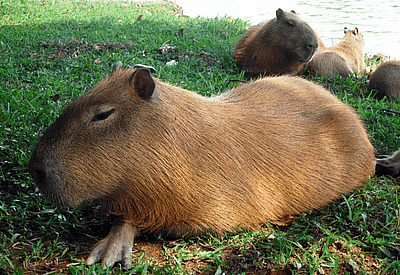 Least-Concern
Least-Concern
(h) Data Deficient (DD)
- A taxon is labeled Data Deficient when there is insufficient information to make a direct or indirect assessment of its risk of extinction based on distribution and population status. This category indicates the need for more information and is not a threat classification.
(i) Not Evaluated (NE)
- A taxon is categorized as Not Evaluated when it has not yet been assessed against the criteria, and its conservation status remains undetermined.
Important Species in Ecosystem
Keystone Species
- A keystone species is one whose addition to or loss from an ecosystem results in significant changes in the abundance or occurrence of at least one other species.
- Certain species in an ecosystem are considered more crucial in influencing the presence of many other species.
- Top predators like tigers, lions, crocodiles, and elephants are recognized as keystone species because they indirectly regulate the population of other animals, making them essential for ecosystem balance.
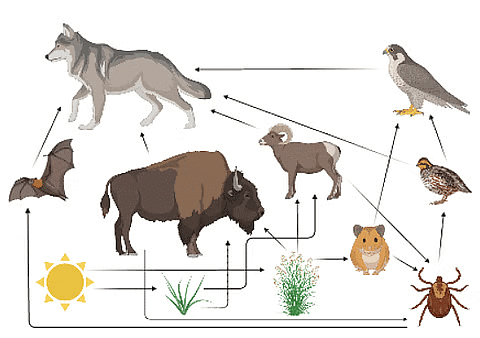 Keystone Species
Keystone Species
- Conservation efforts prioritize keystone species, as their preservation contributes to the protection of all other relevant species associated with them.
- The loss of a keystone species can lead to the degradation of the entire ecosystem. For instance, certain plant species, such as ebony trees and Indian-laurels, depend exclusively on bats for pollination. A reduction in the bat population makes the regeneration of these plants more challenging, causing changes in vegetation structure that adversely affect dependent animals.
Indicator Species
- An indicator species is a species whose presence signals the presence of a specific set of other species, while its absence indicates the absence of that entire set.
- Indicator species define traits or characteristics of the environment and can indicate environmental conditions such as disease outbreaks, pollution, species competition, or climate change.
- They are often among the most sensitive species in a region and act as early warnings for monitoring biologists.
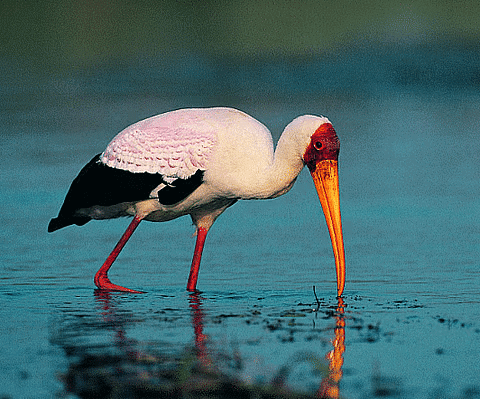 Indicator Species
Indicator Species
- Examples of indicator species in ocean systems include fish, invertebrates, periphyton, macrophytes, and specific species of ocean birds like the Atlantic Puffin. Amphibians indicate chemicals, global warming, and air pollution, while lichens are indicators of air quality and are sensitive to sulfur dioxide.
Foundation Species
- A foundation species is a dominant primary producer in an ecosystem in terms of both abundance and influence.
- Examples include kelp in kelp forests and corals in coral reefs.
|
743 videos|1444 docs|633 tests
|
FAQs on Shankar IAS Summary: Biodiversity- 2 - Famous Books for UPSC Exam (Summary & Tests)
| 1. What is the Red Data Book? |  |
| 2. Why is the Red Data Book important for biodiversity conservation? |  |
| 3. How are species listed in the Red Data Book? |  |
| 4. Who uses the information from the Red Data Book? |  |
| 5. How can the Red Data Book contribute to sustainable development? |  |





















